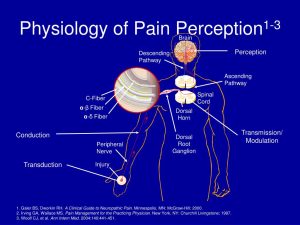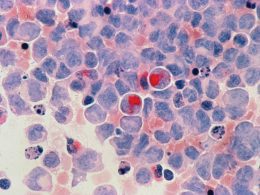Introduction
Nighttime pain, a phenomenon experienced by many individuals, can be a perplexing and distressing occurrence. This article delves into the intricacies of nighttime pain, exploring why it appears to intensify during the night and offering insights into managing and alleviating such discomfort.
The Physiology of Pain
Pain Perception Mechanisms
Pain is a complex sensory and emotional experience that arises from actual or potential tissue damage. It involves intricate physiological processes that transmit signals from peripheral nerves to the brain, where they are interpreted as pain. These signals travel through specialized nerve fibers known as nociceptors, which are sensitive to various stimuli, including mechanical, thermal, and chemical.
Circadian Rhythms and Pain
Research suggests that pain perception fluctuates throughout the day due to the body’s natural circadian rhythms. Circadian rhythms are internal biological clocks that regulate various physiological processes over a 24-hour cycle. Studies have shown that pain thresholds tend to be lowest during the night, potentially contributing to heightened pain sensitivity during this time.

Factors Contributing to Nighttime Pain
Reduced Distractions
During the night, the environment is typically quieter, with fewer distractions compared to daytime hours. As a result, individuals may become more attuned to sensations of pain, amplifying their perception of discomfort.
Changes in Body Position
Throughout the day, individuals engage in various activities that may alleviate or mask pain. However, during sleep, changes in body position can exacerbate certain types of pain, such as joint pain or neuropathic pain, leading to increased discomfort.
Inflammatory Processes
Inflammation plays a significant role in many pain conditions, and its levels can fluctuate throughout the day. Research indicates that inflammatory markers tend to peak during the night, potentially exacerbating pain symptoms and contributing to increased pain intensity.
Psychological Factors
Psychological factors, such as stress, anxiety, and depression, can influence pain perception. During the night, when individuals may be more vulnerable and introspective, these factors can heighten sensitivity to pain, making it feel more intense.
Strategies for Managing Nighttime Pain
Optimize Sleep Environment
Creating a conducive sleep environment can help minimize nighttime pain. This includes investing in a comfortable mattress and pillows, ensuring proper temperature and lighting, and minimizing noise disruptions.
Relaxation Techniques
Practicing relaxation techniques, such as deep breathing exercises, progressive muscle relaxation, or meditation, can help alleviate stress and anxiety, thereby reducing the perception of pain. Explore More About (Childs Health)
Pain Medications
Consulting with a healthcare professional about appropriate pain medications can provide relief for nighttime pain. Nonsteroidal anti-inflammatory drugs (NSAIDs), acetaminophen, or prescription medications may be recommended based on the underlying cause and severity of the pain.

Physical Therapy
Engaging in physical therapy exercises tailored to address specific pain conditions can improve mobility, strength, and flexibility, ultimately reducing nighttime pain symptoms.
Cognitive-Behavioral Therapy (CBT)
CBT techniques can help individuals reframe negative thought patterns and develop coping strategies to manage pain more effectively. By addressing psychological factors contributing to nighttime pain, CBT can lead to long-term improvements in pain management.
Conclusion
Nighttime pain presents unique challenges for individuals seeking restful sleep and relief from discomfort. By understanding the underlying mechanisms contributing to nighttime pain and implementing appropriate management strategies, individuals can improve their quality of life and achieve better sleep outcomes. It is essential to consult with healthcare professionals to develop a comprehensive treatment plan tailored to individual needs and circumstances.












